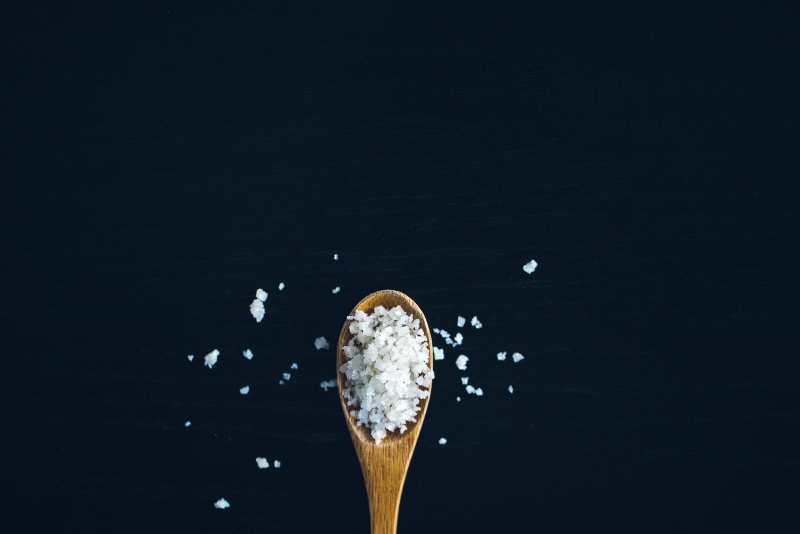DUBAI, U.A.E — A new study by Future Market Insights reported that the low-sodium sea salt market is expected to grow to $106.6 million in 2021 and rise at a CAGR of 6.6% from 2021 to 2023.
High sodium snacks, canned food and other processed foods are being highlighted as factors that contribute to chronic health conditions, shifting consumer desires to lower sodium options. But indulgence doesn’t always have to come at a cost.
As the baking industry increasingly innovates to satisfy consumer desires for natural ingredients, clean labels and better nutrition, a low-sodium sea salt option could provide a new alternative for one of the most integral ingredients in any baked product.
The US is the biggest importer of low-sodium sea salt. While heavy import tariffs have impacted profit margins for US based companies and have caused a production shift to different countries, there has been boosted demand for low-sodium sea salt in other regions. Germany is one of them after the German Federal Institute for Risk Assessment demanded reduced salt content in processed food to combat hypertension.
According to FMI, the market has exhibited a 5.9% year-on-year growth as of 2021, and sales are expected to rise further as consumers become more aware of the risks of heart disease and high blood pressure. Dry sea salt sales are predicted to grow the fastest due to its prevention of iodine deficiency and hypothyroidism.
Other notable statistics include that low-sodium sea salt’s use as a flavoring agent will grow at a CAGR of 4.1% and demand for grain form of the salt will hold 78.9% of the market through 2031. The report also noted that a key driver of the market’s growth was from manufacturers investing in product improvement to cater towards consumer desire for healthy options.







